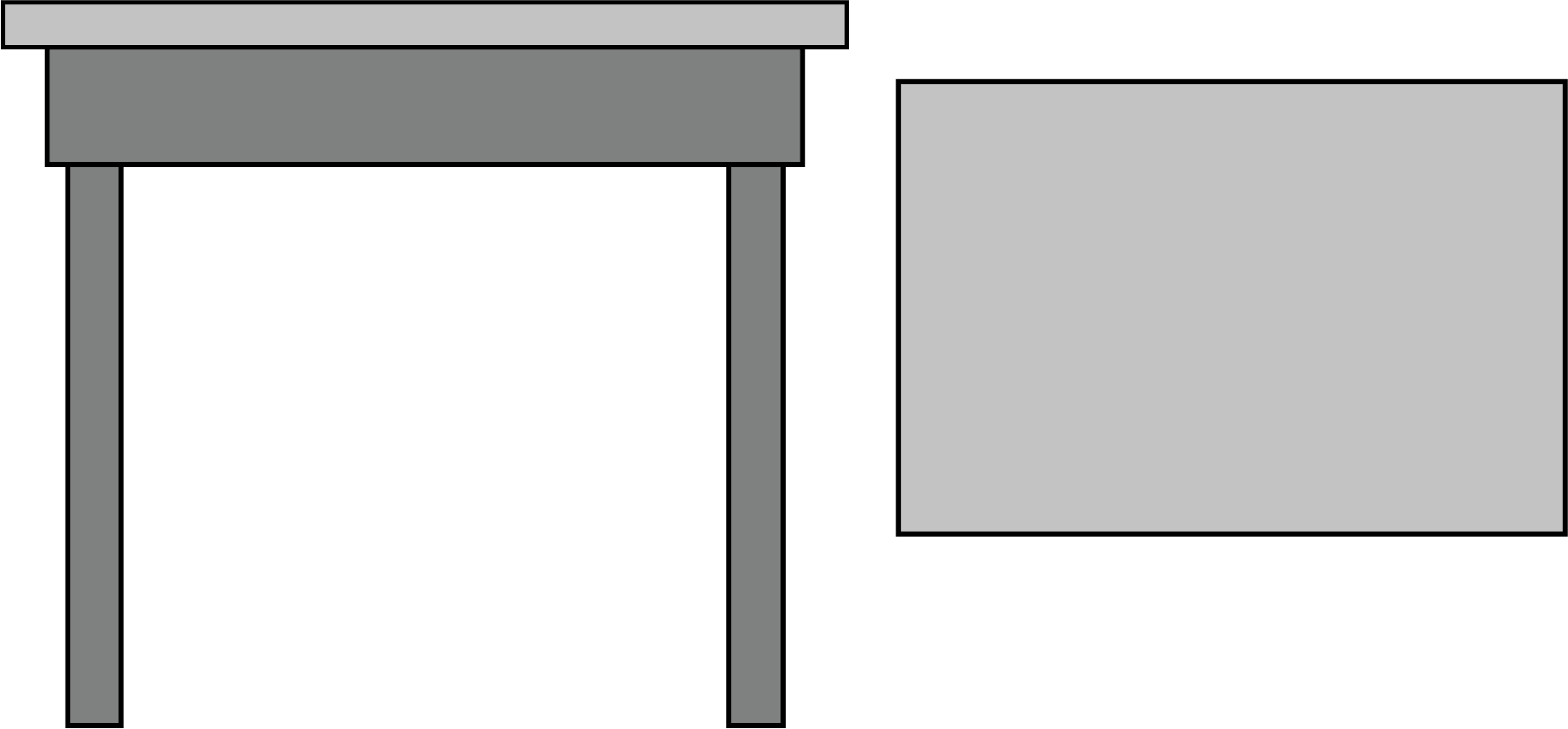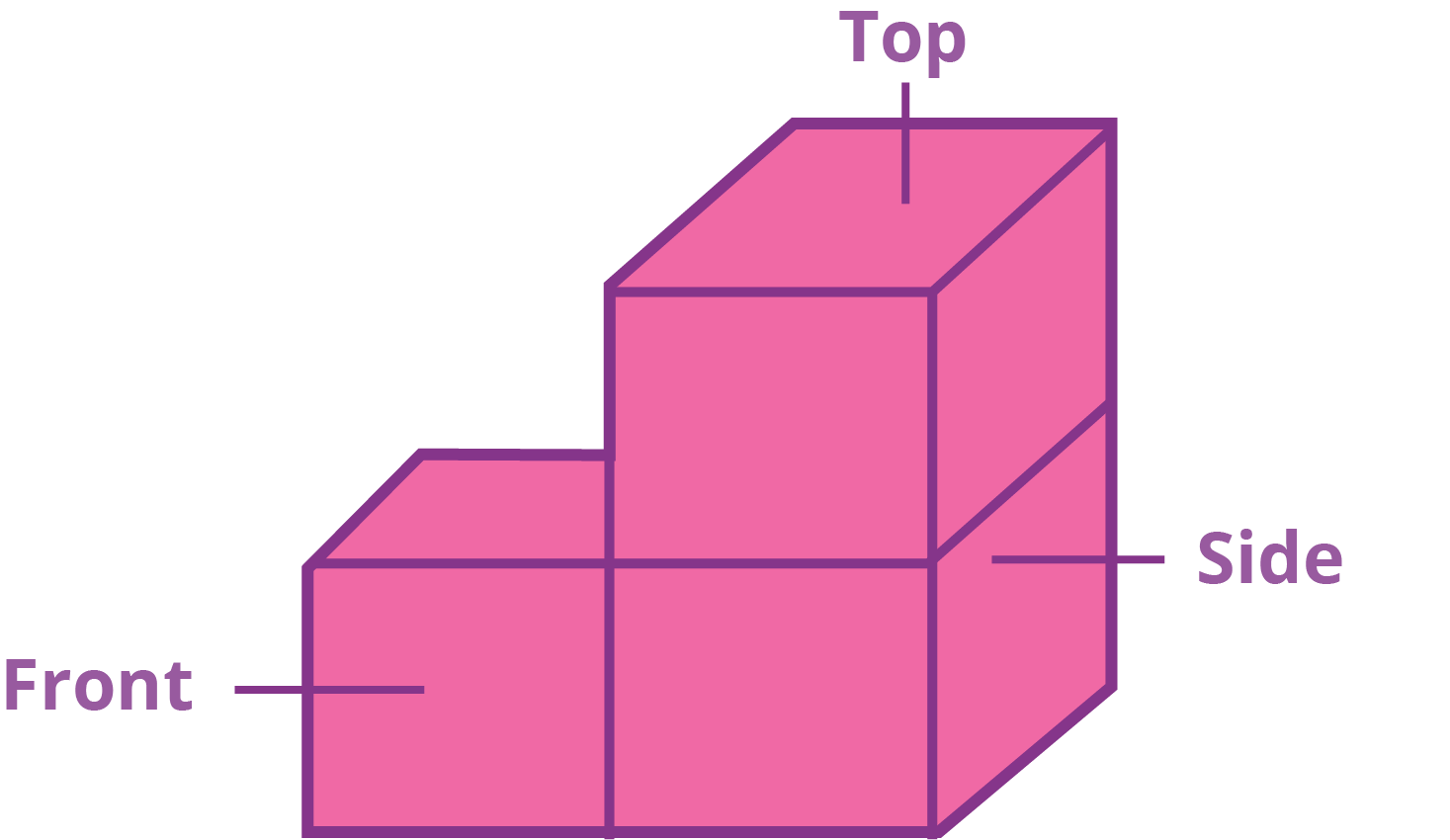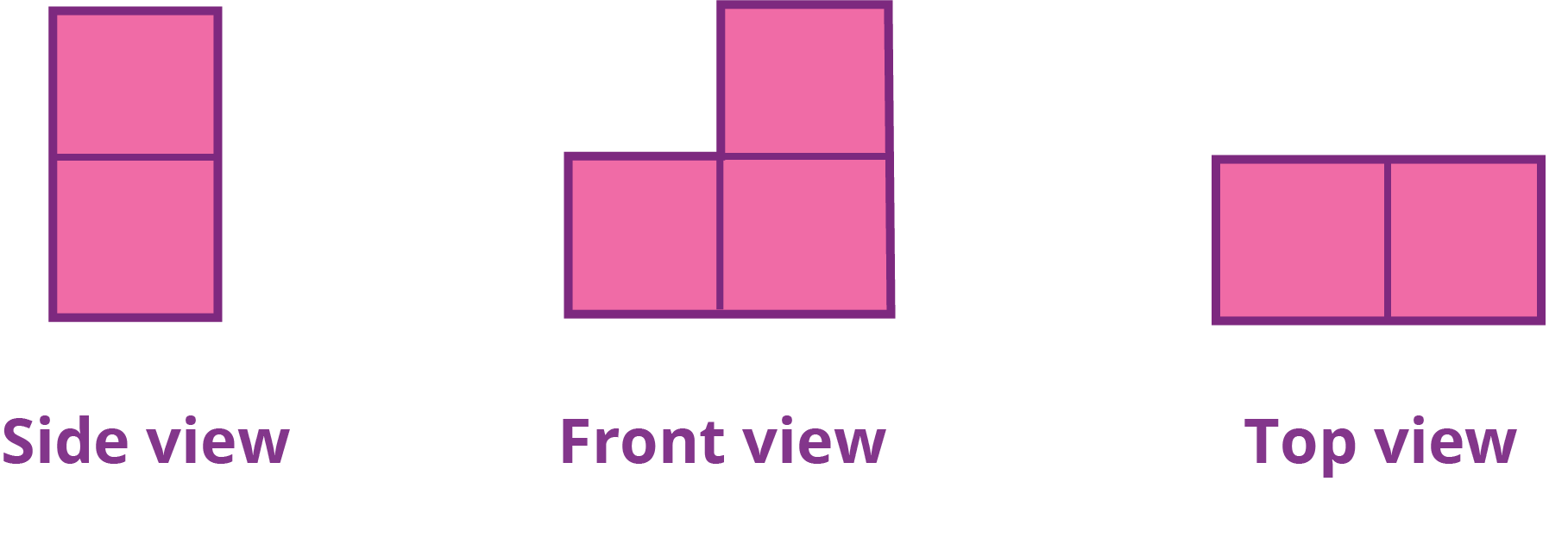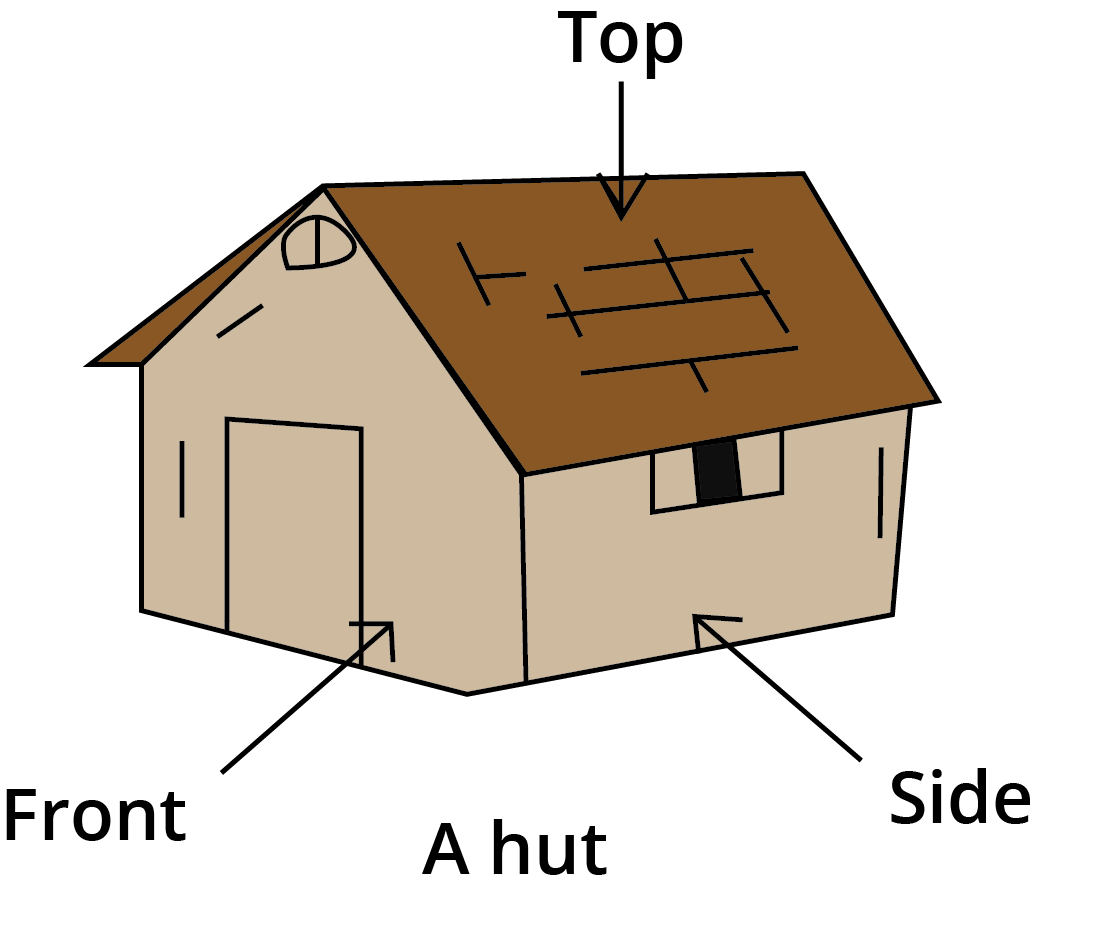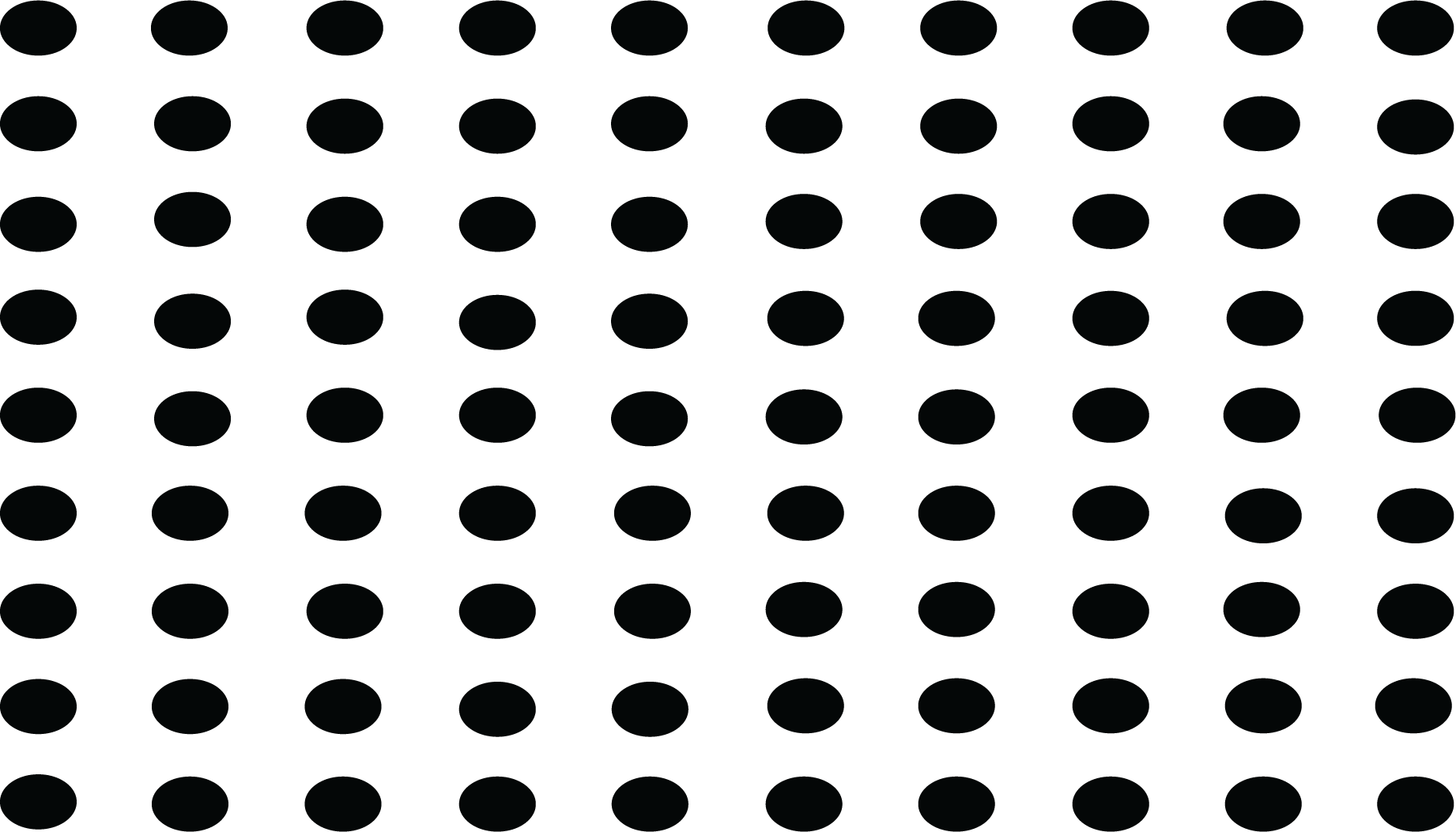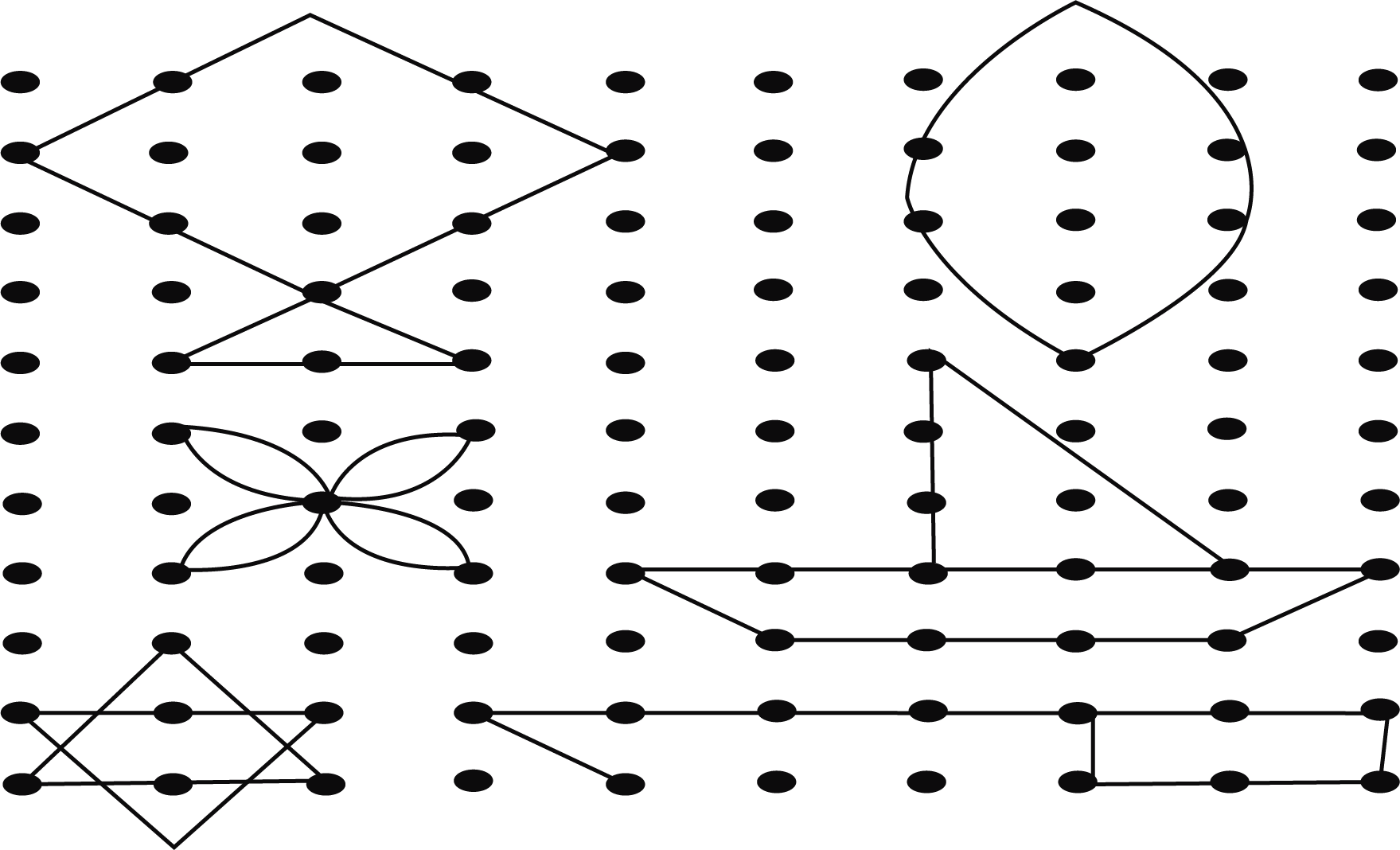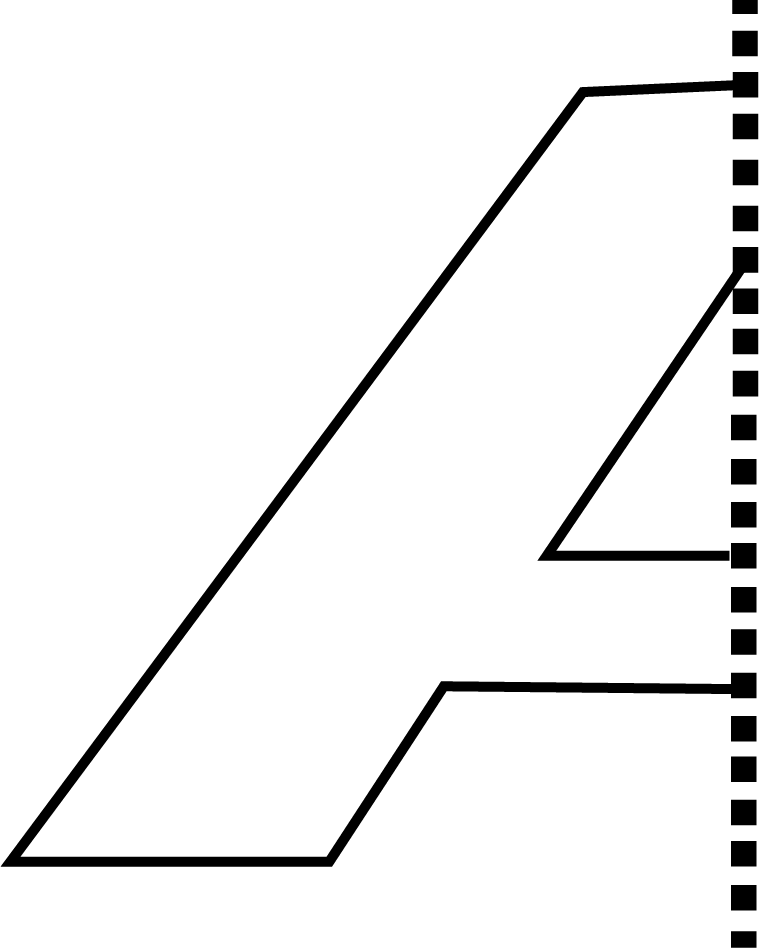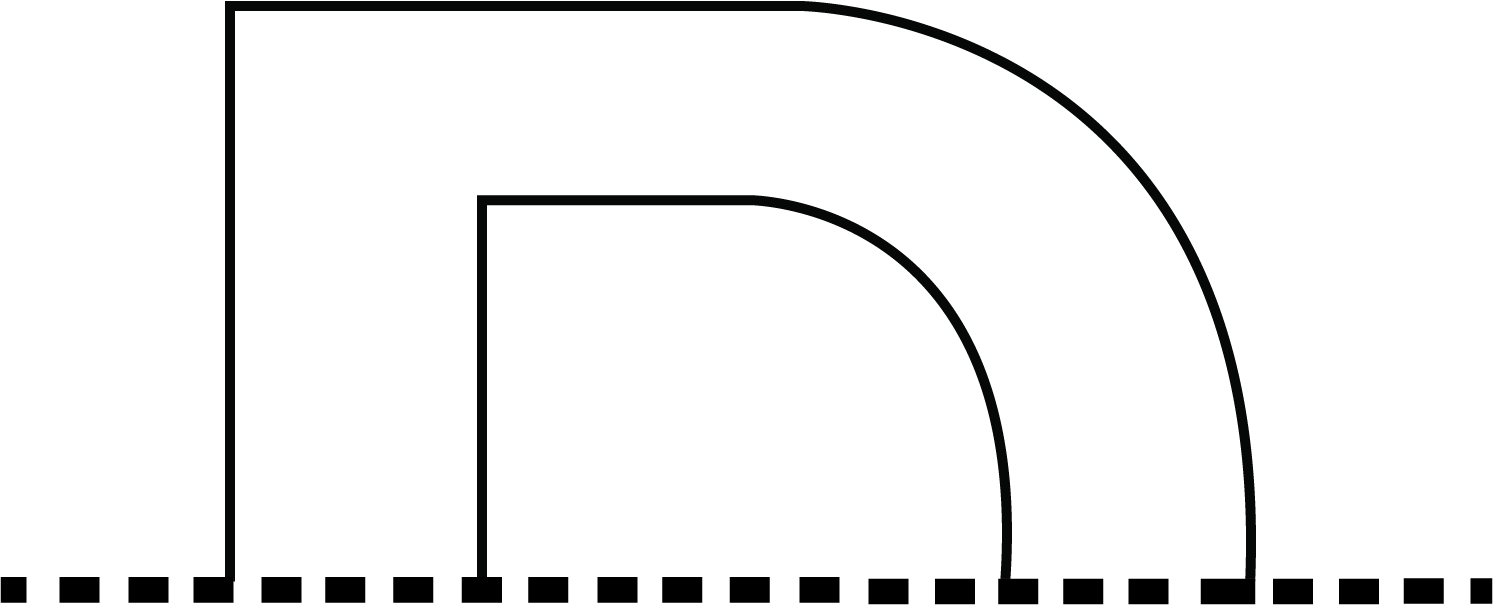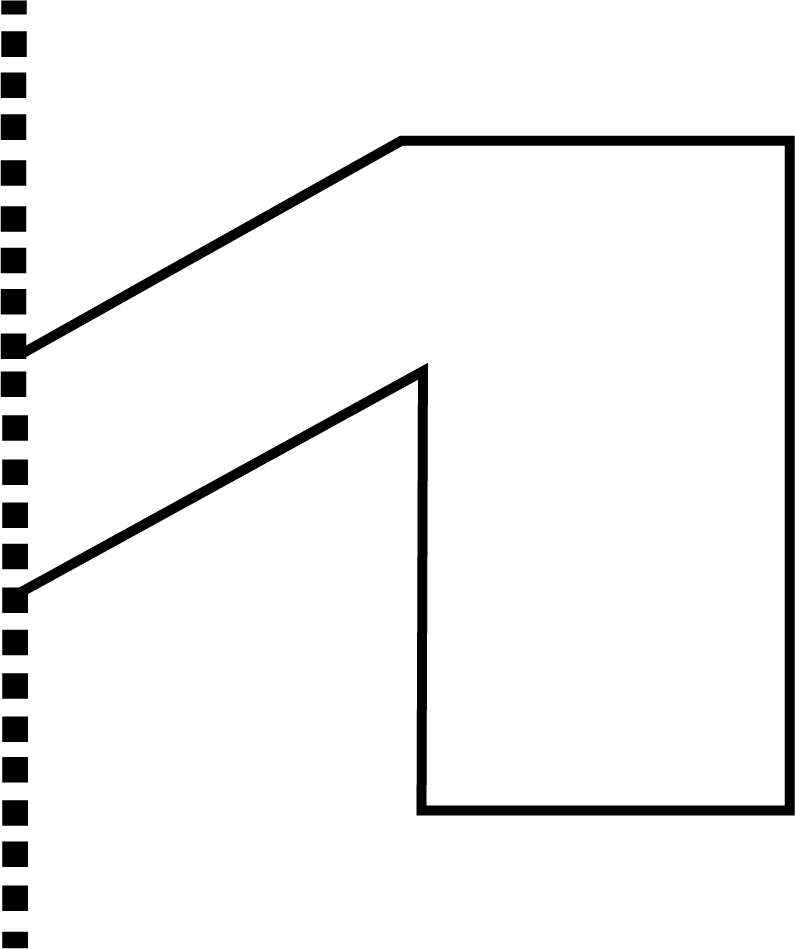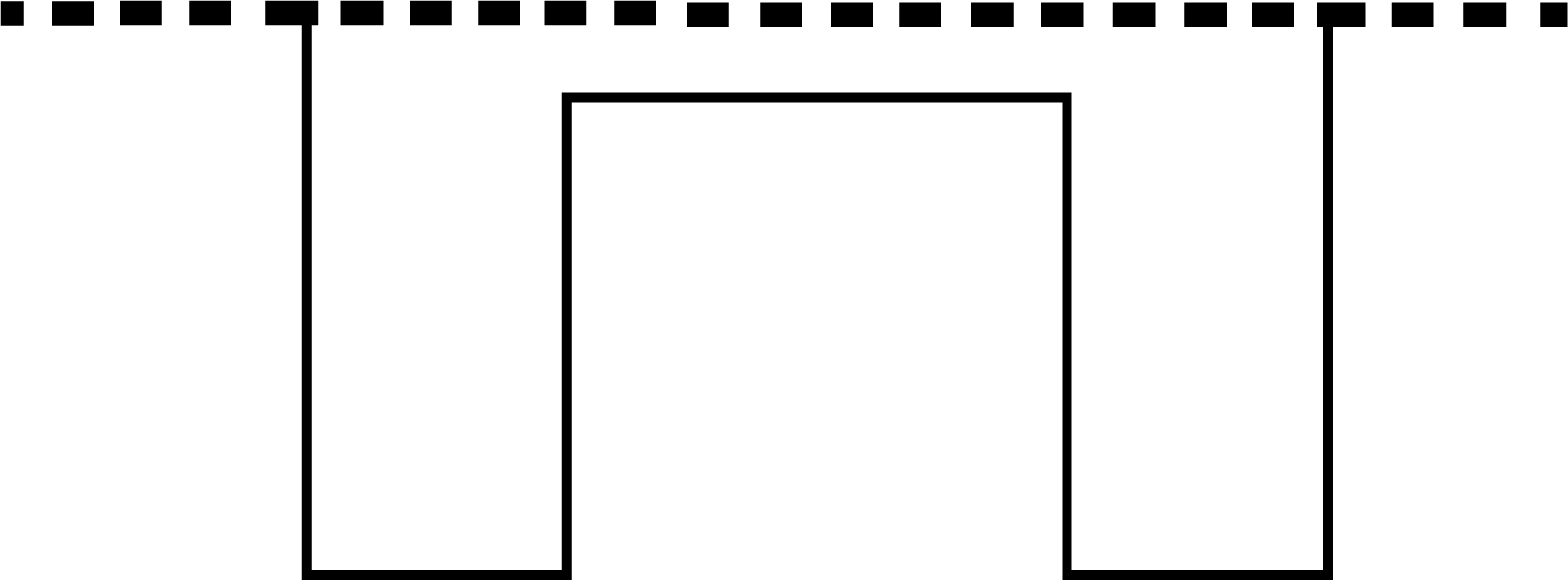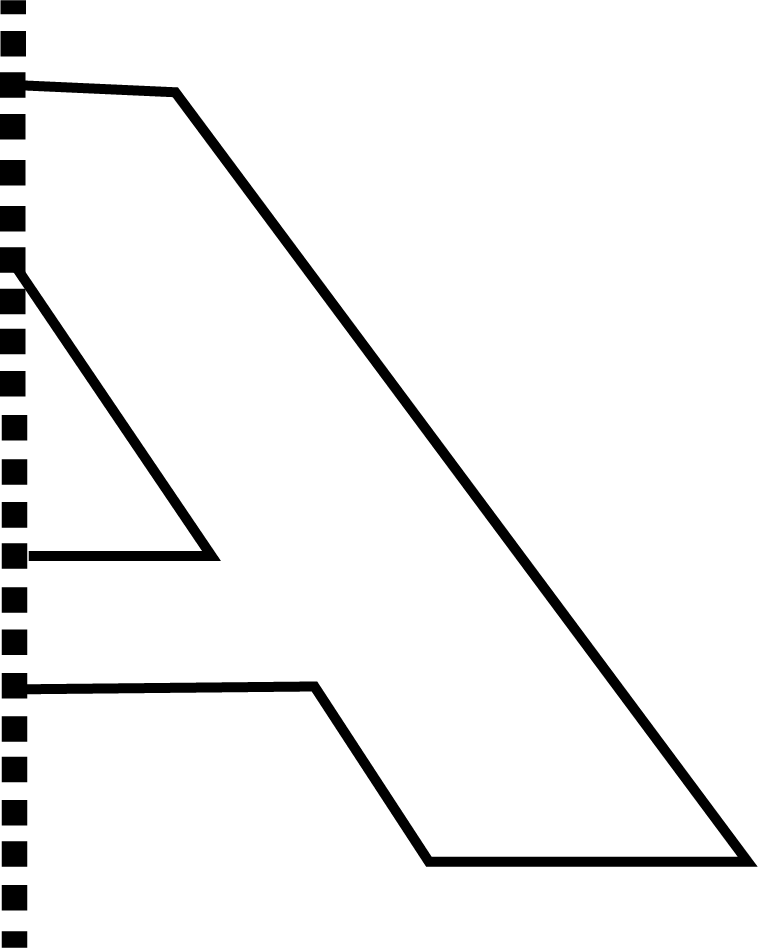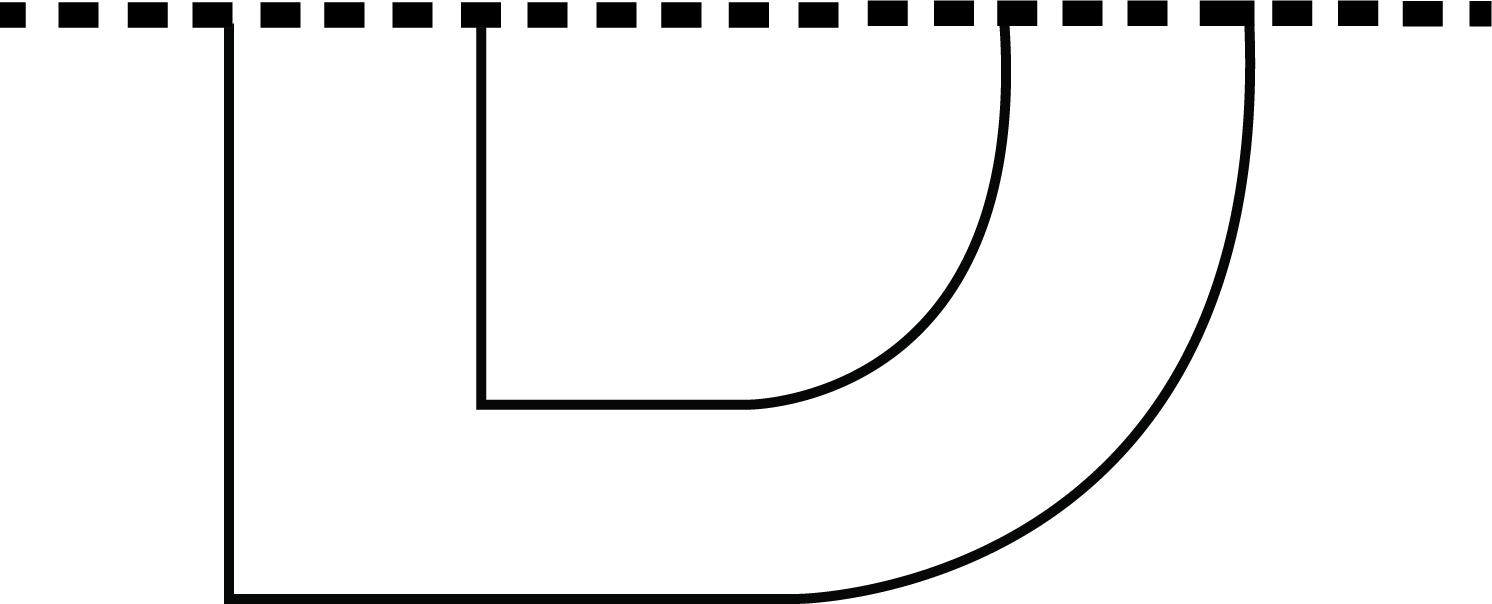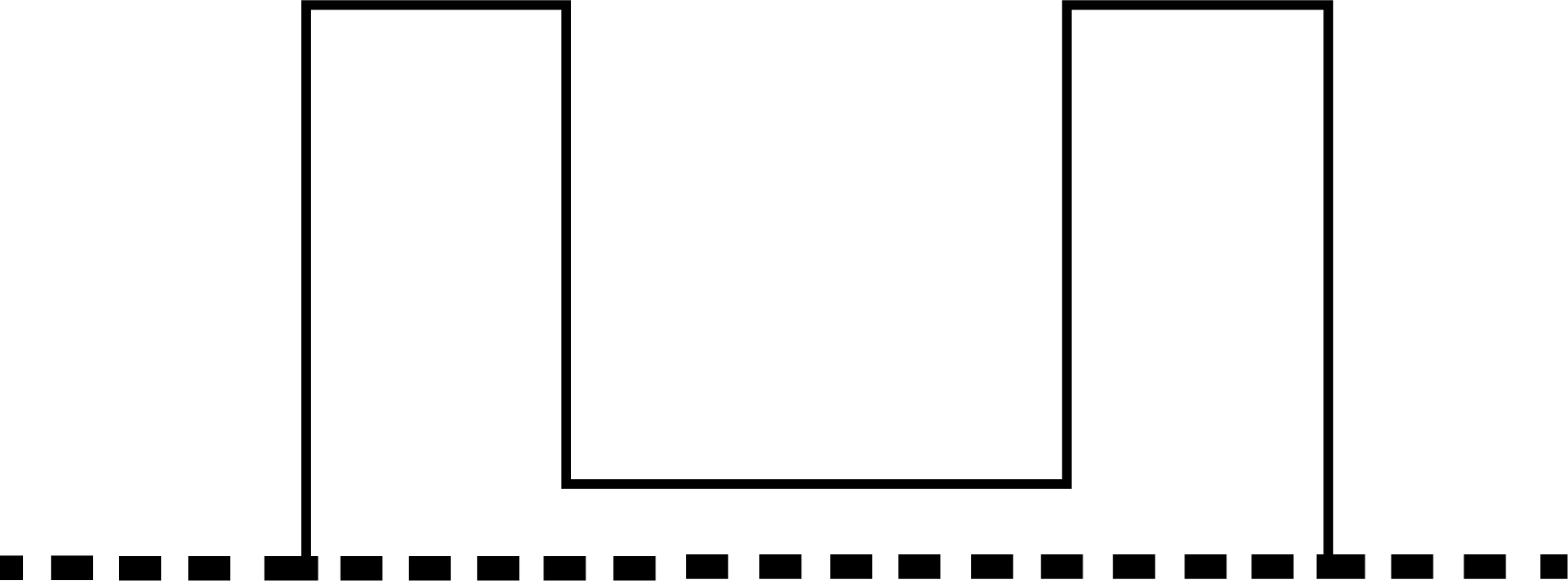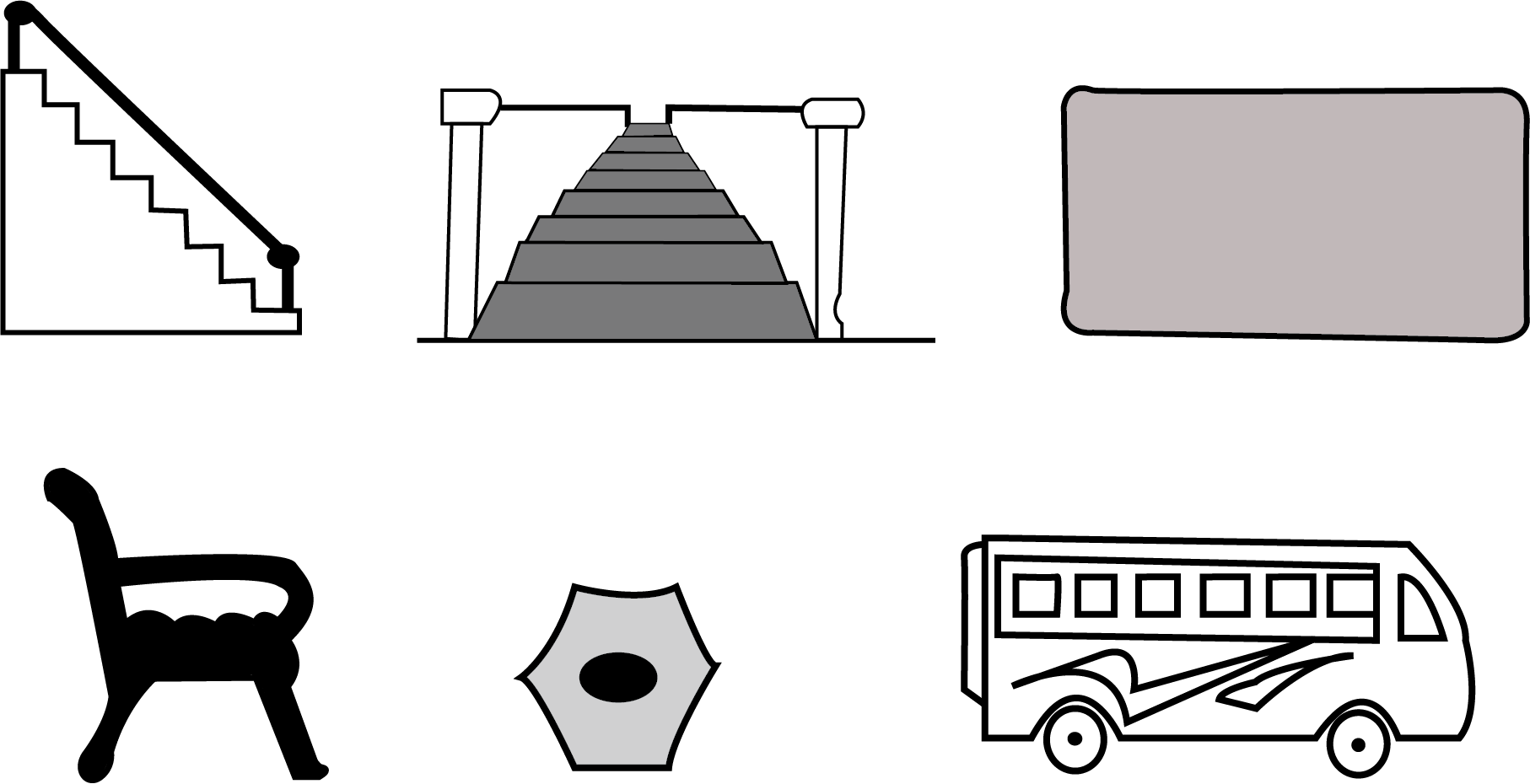Maths Notes for Chapter 1 Where to Look from Class 3 - FREE PDF Download
FAQs on Where to Look from Class 3 Maths Chapter 1 CBSE Notes - 2025-26
1. What key concepts are covered in the Class 3 Maths revision notes for Chapter 1, 'Where to Look From'?
The revision notes for 'Where to Look From' provide a quick summary of essential concepts for the 2025-26 syllabus. Key topics include understanding how objects appear from different viewpoints like the top view, side view, and front view, the idea of symmetry through mirror halves, and the creation of patterns like Rangoli.
2. How do the revision notes explain the concept of 'mirror halves'?
The notes explain that a 'mirror half' refers to one side of a symmetrical object. If you draw a dotted line (line of symmetry) down the middle of an object like the letter 'A' or a butterfly, both sides are identical. The notes clarify that if you were to place a mirror on this line, the reflection would complete the shape perfectly, hence the name mirror half.
3. Why is it important for a Class 3 student to learn about different views of an object?
Learning about different views is crucial as it builds a child's spatial reasoning and visualisation skills. This foundational concept from the NCERT syllabus helps students understand how 2D drawings can represent 3D objects, a skill that is important not just in Maths and drawing, but also in understanding maps and real-world structures.
4. How can the concept of symmetry from these revision notes be applied in real life?
The concept of symmetry is everywhere, and these notes help you recognise it. You can apply this by:
Noticing the symmetry in nature, like in leaves, flowers, and insects.
Creating symmetrical art and craft, such as folding a paper and cutting a shape to make a symmetrical design.
Observing symmetry in architecture and objects around your home, like windows, plates, and furniture.
5. What is the main purpose of studying Rangoli patterns in this chapter?
Studying Rangoli patterns helps students see a fun and practical application of symmetry and patterns. The revision notes summarise how these complex-looking designs are often made from simple, repeating symmetrical shapes on a dot grid. It reinforces the idea that Maths concepts can be used to create beautiful art.
6. How do the revision notes help distinguish between an object's top view and front view?
The notes use simple examples to clarify the difference. The top view is what you see when you look down at an object from directly above, like seeing the circular lid of a bottle. The front view is what you see looking at it from the front, like seeing the label on the same bottle. The notes use clear diagrams to make this distinction easy to revise.
















